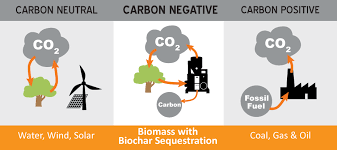SAJ-99
Well-known member
Well, we are throwing $5b in the infrastructure bill to cap old wells, so all the reclaiming that was promised came with a wink and crossed fingers. I’m sure solar companies will be the same way. I would rather decentralize the entire system- Roofs tops, high rise windows , all that. Expensive but a far better option that using raw land, especially public land. On the question of energy efficiency, O&G still flaring gas at the well? Seems like burning money at these prices.should have added a winkey face
Point of my numbers, is that sometimes I think people have a hard time understanding the scale and efficiencies of various energy forms.
Honestly I just started going with those numbers and wasn't sure how they would turn out. I mean I definitely was guessing solar was waaay more.
We generated 38% of our power via natural gas and 2.8% from solar. So that means if you actually tried to replace OG with solar your at the very least doubling the amount of impact we already have.
Not to mention we are trying to swap out all IC cars for electric which is going to explode electricity demand... and the fact that aside from energy we us petroleum to make everything... from your boots to your medicine.
Also <10% of us Petroleum is produced from public lands it's mostly on private.








